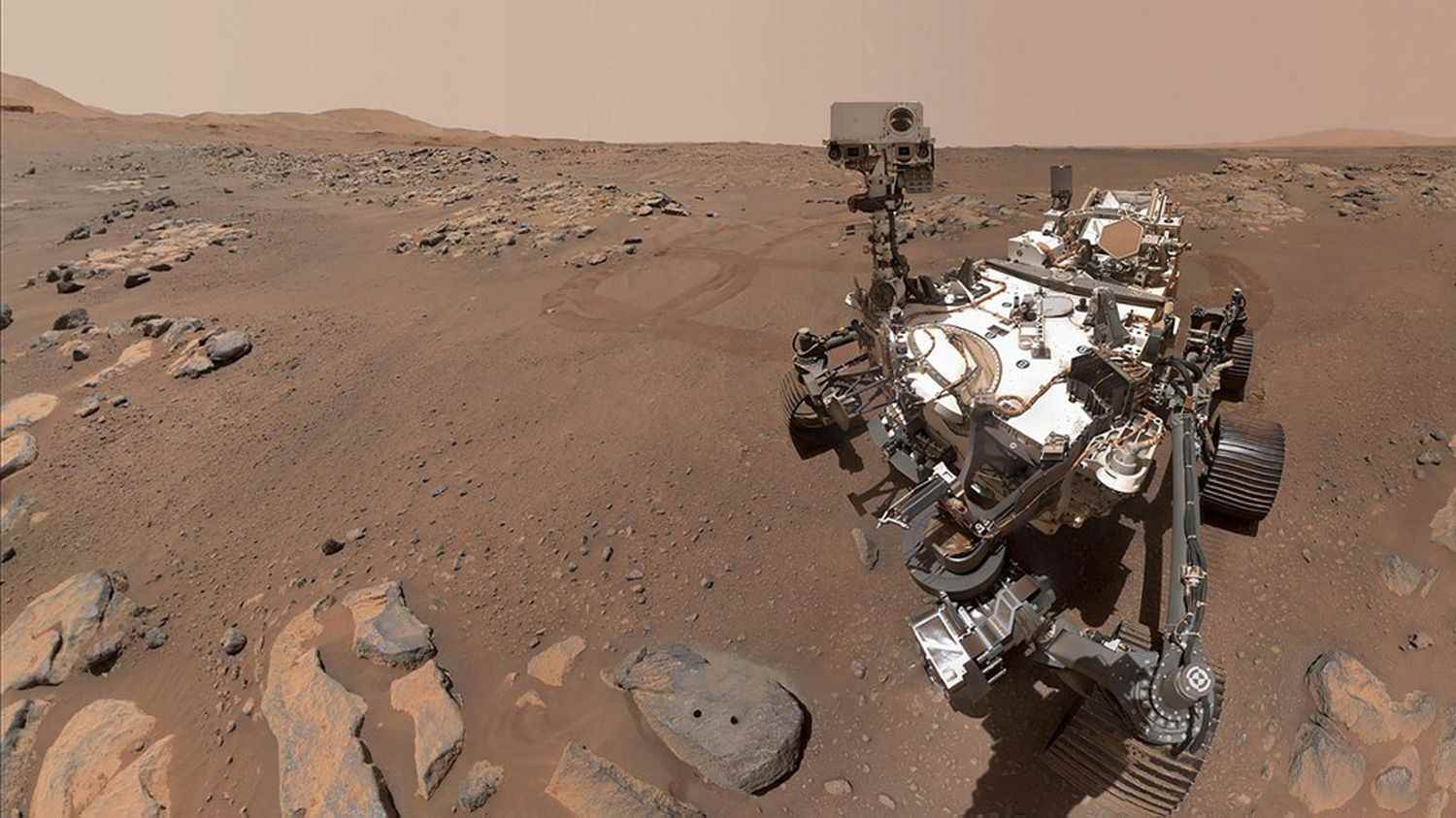These samples must be brought back to Earth for analysis. NASA plans to report them by 2033.
Article written by
Published
Update
Reading time : 1 min.
The Perseverance rover has taken a major step in its search for traces of ancient life on Mars with the collection of the samples “the most precious” so far, containing potential biosignatures whose nature will have to be confirmed once on Earth, NASA announced Thursday, September 15. If this is not yet proof that life once existed on the red planet, these samples represent the best chance so far of being able to one day be able to detect with certainty possible ancient microbial life.
A potential biosignature may have been produced by the presence of life, but also by some other mechanism not involving life. To consider this biosignature as definitive, these samples will therefore have to be analyzed by powerful laboratory instruments on Earth. NASA plans to bring them back with another mission by 2033. “I think it’s safe to say that these are going to be, and are already, the most valuable rock samples ever collected”said David Shuster of the University of California at Berkeley at a press conference.
Two carrots the size of a little finger, and kept in sealed tubes on board the rover, were taken by drilling into a rock called “Wildcat ridge”. About a meter tall, it is located in a delta that formed about 3.5 billion years ago, where a river and an ancient lake meet. This rock is particularly interesting because it is a sedimentary rock, which seems to have formed when the water in the lake evaporated.
“Wildcat ridge” has as well “a high potential for conservation of a biosignature”, said David Shuster. Analyzed separately by an instrument at the end of Perseverance’s robotic arm, the rock revealed the most abundant presence of organic compounds detected in a year and a half of mission. These compounds – made in particular of carbon, and which can also contain hydrogen – “are the basic elements of life”said Ken Farley, in charge of the scientific part of the mission.
